Preparing Your Business for Practical AI
Artificial Intelligence (AI) should be applied to your business processes with care, as the cost of introduction can weigh heavily on resources and budget. Not every task should be automated, and the opportunity cost should be assessed prior to investing in AI. AI and machine learning are best-suited to specific types of tasks and these vary in complexity. For this reason, it is important to determine what you’re looking to accomplish so that you can intelligently configure and aggregate your data for the AI process to produce favorable results. There are two main preparation steps that every organization must undergo before introducing AI into their strategy: problem analysis and data aggregation.
Determining the Best Practical Business Case for AI
As the concept of AI is quite fluid, it is useful to know what it is capable of doing. Just like a single employee can complete a single task, or several teams can aggregate these tasks into a bigger solution, AI functions in the same capacity. The building blocks of a practical solution can be grouped into three base categories: Search, Categorization, and Prediction. Each building block, or operation, can be layered to comprise a more sophisticated solution. In the table below, you can see how these categories are currently being utilized by organizations today. Which one(s) best fit your business?
Breaking Down Your Desired Solution
Let’s look at a case where you’re looking to build a web store engine and you wish it to provide product recommendations to your customers based on their browsing and purchase history, demographics, and filtering preferences (by price, review, date added, etc.). While the “recommendation” algorithm seems like it would handle this solution, it is actually more complex and needs to be disseminated into its functional operations.
The final operation, in this case, is actually a ranking algorithm that relies upon several tiers of AI operations to fulfill your requirements. The filtering preferences should produce a subset of products based on a ranking algorithm, and rank products that are pre-filtered from the user’s demographics and overall purchase/browsing history. The user’s demographics categorization is a clustering operation and the demographics’ predictive interaction analysis is another recommendation operation, as seen in the flow chart below.
Providing the AI with the Necessary Data
As you can imagine, these operations will need as much relevant data as possible to function as intended. In the prior example, a great deal of the necessary data would be derived from internal sources as it relies upon product availability, user history, and user characteristics. This data would need to be tracked and made accessible to the algorithms in a repeatable manner for continued operation. These sources may need to be cleaned and indexed into new aggregate databases for more accurate consumption.
In the case of user characteristics, your application may not have sufficient data to accurately determine a user’s demographics. Have no fear, this is where big data and 3rd party integration comes into play. By supplementing the user’s profile with integrated social media and demographical data subscriptions, demographical analysis can be achieved. The reliance upon 3rd party data will require an intermediary parsing and aggregation process before it will be consumable by the AI processes.
How to Get Your Business Started with AI
Getting ready for AI can be a daunting endeavor, but it’s one that can be broken down into achievable tasks. The lynchpin for AI is the available data, but in order to determine what data to provide or how to format it, it is critical to first determine what operations are expected of AI and the data it will require. The desired solution may be more complex than a single AI function or algorithm is equipped to handle, but AI solutions can be broken down to their functional components. Internal data can be supplemented by 3rd party data which opens the doors to providing world-class solutions for a limited user base. Your organization can most assuredly leverage AI, just remember that it is important to determine the best way to do so in order to maximize your ROI.
Liquid Analytics works with clients to deliver AI decisions that provide high ROI to business initiatives. Contact us to get started today.



